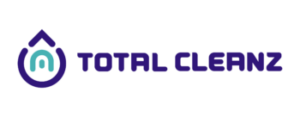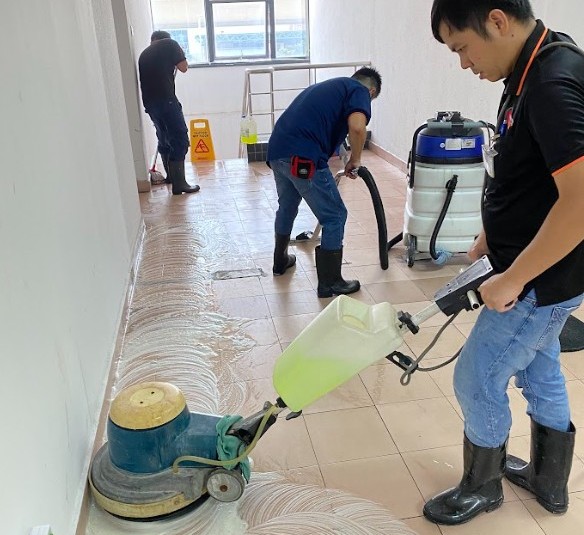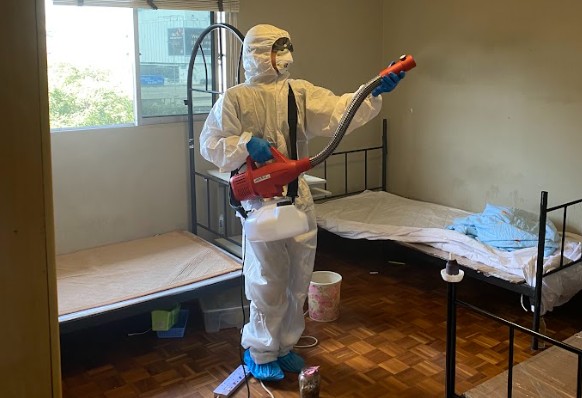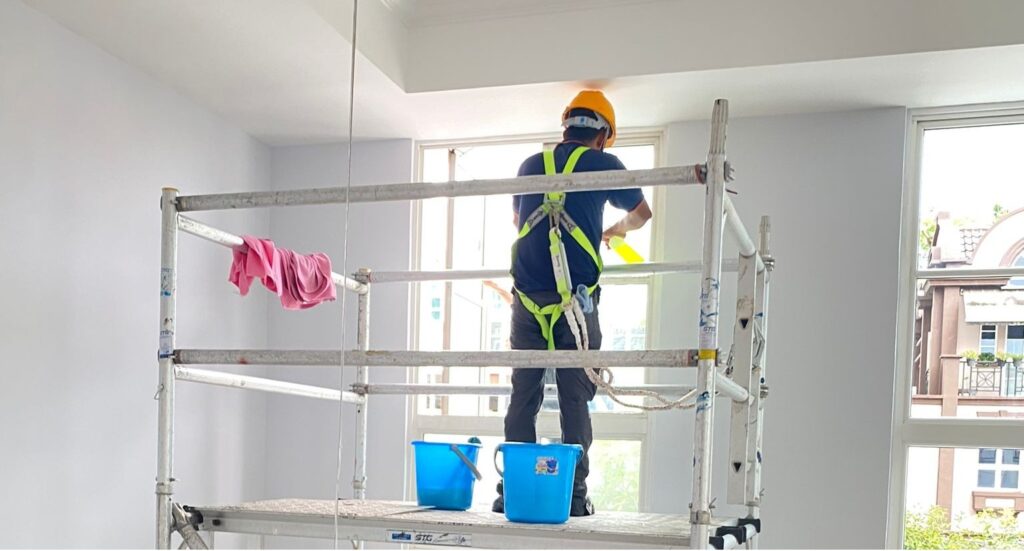Sometimes, the biggest dangers to your health are the ones you can’t see. Discover five potentially harmful problems that threaten a healthy home and tips on how to protect against them.
Salmonella and E. coli
These two forms of bacteria can affect your intestinal tract, causing symptoms ranging from diarrhea to life-threatening dehydration.
Humans are most often infected with Salmonella after eating or handling contaminated raw foods, such as beef, poultry, eggs, fruits, and vegetables. Salmonella contamination can occur during harvesting, butchering, or preparation.
E. coli infection may occur when you accidentally eat contaminated foods that weren’t properly cooked or cleaned.
According to the 2013 NSF International Household Germ study, 36 percent of common kitchen appliances used to prepare food harbor E. coli and Salmonella.

Solution to Salmonella and E. coli
Before and after handling food, wash your hands thoroughly. Use two cutting boards if possible — one for fruits and vegetables and another for raw meat.
Keep raw meat, seafood, and poultry separated from other refrigerated foods.
Clean with hot soapy water all utensils and plates that previously held raw meat before using again.
Cook all meats, especially any ground meat, pork and poultry, to safe temperatures indicated by the Food Safety and Inspection Service.
Carbon Monoxide
Contamination usually occurs when an organic fuel is burned without proper ventilation. Common sources of carbon monoxide include kerosene and gas space heaters, gas water heaters, wood stoves, automobile exhaust, and tobacco smoke.
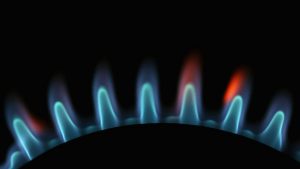
Solution to carbon monoxide
Have a qualified technician service your heating system, water heater, and other coal, oil, or gas appliances every year.
Install a carbon monoxide (CO) detector in your home.
Never heat your house with a gas oven or use a gasoline-powered or coal-burning device inside your home.
Mold
These microscopic living organisms grow where moisture, oxygen, and organic material are present. You can expect to find mold in practically any damp area in your home with poor ventilation.
Exposure to mold spores can cause nasal and sinus congestion, chronic cough, and eye irritation in people who are allergic to it. According to the Mayo Clinic, it may also trigger asthma attacks and lung infections in susceptible individuals with chronic respiratory disease.
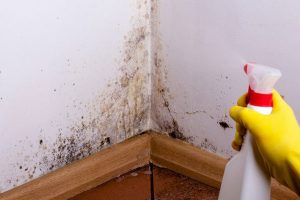
Solution to mold in the house
Use a non-ammonia cleaner or dishwashing soap and water to remove mold. Wear gloves, long sleeves, pants, eye protectors, and a respirator to protect yourself from spores.
After cleaning the mold, use a HEPA (high efficiency particulate absorbing) vacuum or air cleaner to eliminate mold spores from the air. For large areas, hire a professional cleaner. Discard carpet, drywall, insulation, and other items if they have been wet for more than two days.
Pesticides
Insect repellant, weed killers, flea and tick shampoo, and roach sprays and baits are just a few of the pesticides you may have in your home. There are other “hidden” dangerous chemicals in products such as mothballs, wallpaper, and pressure-treated wood.
If used in the wrong way or stored improperly, pesticides can be dangerous to your health, causing nerve damage, breathing problems, and more. According to the World Health Organization (WHO), household pesticides are one of the leading causes of childhood poisonings.
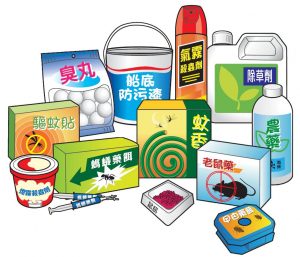
Solution to pesticides
Only use these products according to instructions on the label.
Keep all household pesticides in a locked cabinet and out of reach of children.
Protect yourself from direct exposure and never eat or drink while using them. Be sure to wash your hands thoroughly after working with poisonous products.
Learn more about Total Cleanz services.
